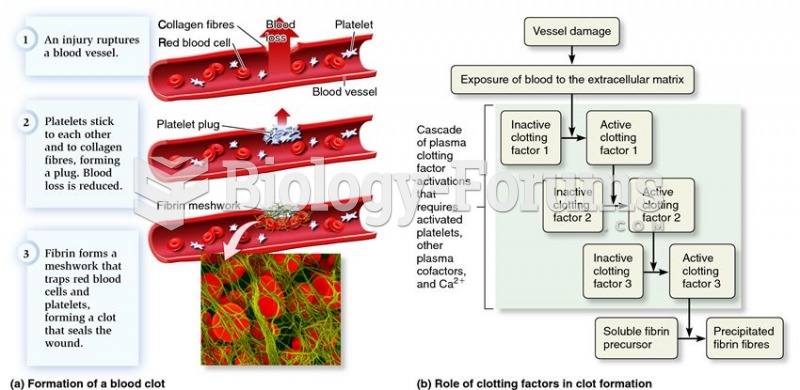|
|
|
People with high total cholesterol have about two times the risk for heart disease as people with ideal levels.
The liver is the only organ that has the ability to regenerate itself after certain types of damage. As much as 25% of the liver can be removed, and it will still regenerate back to its original shape and size. However, the liver cannot regenerate after severe damage caused by alcohol.
Giardia is one of the most common intestinal parasites worldwide, and infects up to 20% of the world population, mostly in poorer countries with inadequate sanitation. Infections are most common in children, though chronic Giardia is more common in adults.
In most cases, kidneys can recover from almost complete loss of function, such as in acute kidney (renal) failure.
By definition, when a medication is administered intravenously, its bioavailability is 100%.







